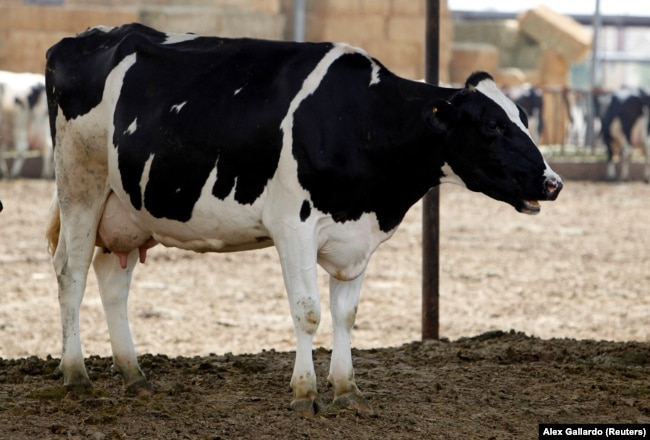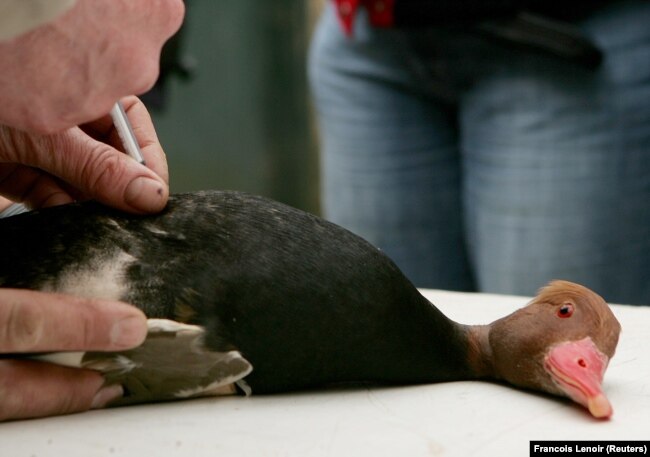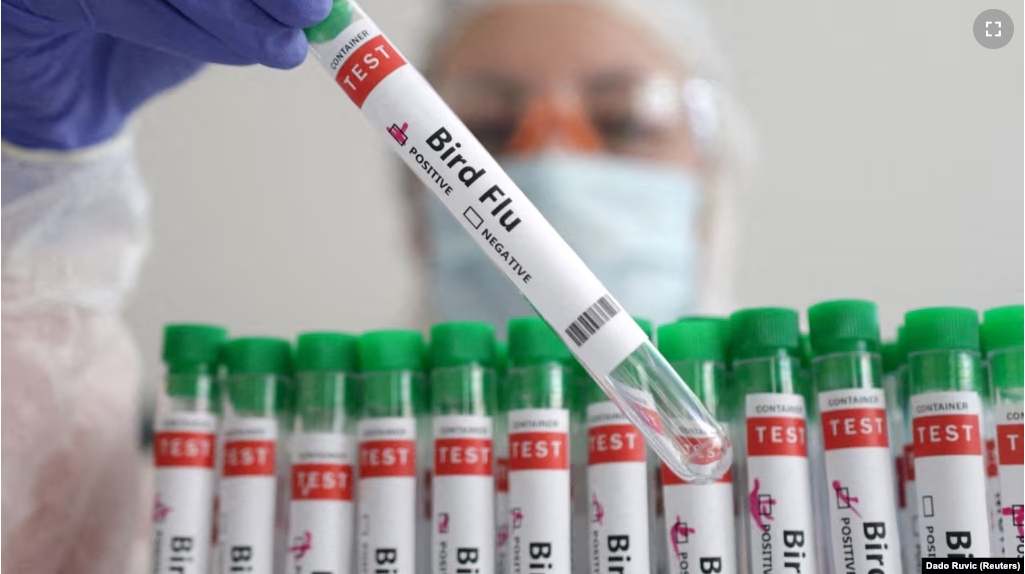Scientists studying the spread of bird flu in the United States say they worry about a lack of data in tracking the virus, called Type A H5N1.
In recent months, the disease has spread to 129 groups of cows across 12 states. Experts have identified the disease in other mammals, as well, from alpacas to house cats.
The scientists are concerned about rising cases among cows. They say the increase probably means the virus has been changing. They say such changes could make it easier for the virus to spread from animals to humans.
Three people in the U.S. have tested positive for H5N1 bird flu since late March after being in close contact with cows.
Scott Hensley is a professor of microbiology at the University of Pennsylvania. He said the threat of a pandemic is currently low but could rise quickly.
Health officials say the earlier they know about cases of human infection, the sooner they can take steps to reduce its spread.
The U.S. government tests cows for the virus. However, those tests are currently limited to cows crossing state borders. Government health officials and pandemic flu experts told Reuters news agency there is very little testing of people who come into contact with sick cattle.

Human and animal health agencies sometimes differ in the ways they deal with the flu. Experts say these differences could make it harder to respond quickly to an outbreak.
Still, a U.S. Department of Agriculture spokesperson said the agency is working “around the clock” with the U.S. Centers for Disease Control (CDC) in a “whole-of-government response”. The spokesperson added that research shows “America’s food supply remains safe, sick cows generally recover after a few weeks, and the risk to human health remains low.”
Some pandemics, including COVID-19, arrive with little warning. In the last flu pandemic, caused by H1N1 in 2009, the virus had first spread among animals for several years, Hensley said. But he added that more tracking of the virus would have helped health officials prepare.
The CDC estimates that between about 150,000 and half a million people died worldwide during the 2009 pandemic.
The World Health Organization (WHO) says there is no evidence of H5N1 spreading from human to human. For that reason, the WHO says the risk to humans is currently low.
Wenqing Zhang is the head of the WHO’s Global Influenza Preparedness agency. She said health organizations have ways to launch large production of tests, treatments and vaccines if needed.

The Coalition for Epidemic Preparedness Innovations (CEPI) is a non-profit based in Oslo, Norway. The organization works to develop vaccines and other ways to fight against pandemics.
CEPI aims to create a collection of vaccines for viruses that could cause pandemics. This would help drugmakers start large production and deliver the medicine where necessary within 100 days of an outbreak.
Some countries are taking steps to protect people against H5N1. The U.S. and Europe are gathering “pre-pandemic” flu vaccine that could be used for high-risk groups, including farm or lab workers.
Zhang, of the WHO, said expanding vaccines to more people is complex. Makers of pandemic flu vaccines make seasonal flu shots and cannot produce both at once, she said.
Most flu vaccines are made using virus grown in eggs. That means it could take up to six months to produce pandemic shots. However, mRNA vaccines can be produced more quickly. On July 2, the U.S. government gave $176 million to drug-maker Moderna to finish development and testing of their mRNA vaccine against H5N1.
Experts also say there is a need to balance quick action against reacting too strongly to virus threats.
Wendy Barcla is a virologist at Imperial College London. She also advises the UK Health Security Agency on bird flu. She said health officials want to give warnings “without saying the world is about to end.”
I’m Andrew Smith.
And I’m Jill Robbins.
Julie Steenhuysen and Jenifer Rigby reported this story for Reuters. Andrew Smith adapted it for VOA Learning English.
